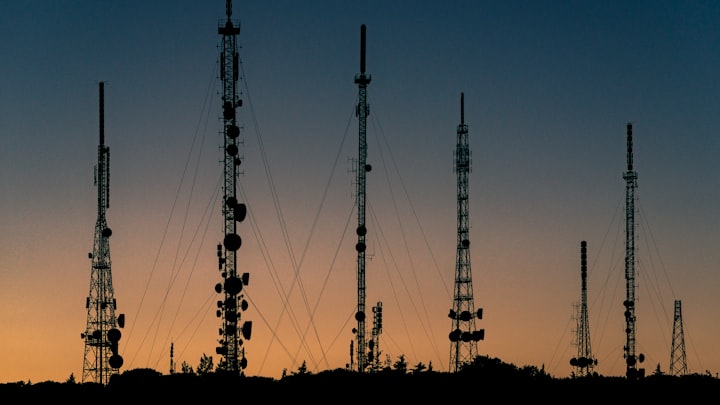The Empty Office Paradox: Navigating the Scope 3 Footprint in a Post-Pandemic World
Post-pandemic empty offices seem eco-friendly, but the reality is nuanced. With the rise of remote work, Scope 3 emissions persist due to home energy use and digital demands. To truly reduce carbon footprints, companies must address these indirect emissions

The COVID-19 pandemic has reshaped the way we work, leading to a surge in remote working and leaving many office spaces deserted. While the initial perception might be that empty offices equate to reduced carbon footprints, the reality is more complex. The Scope 3 emissions, which encompass all indirect emissions in a company's value chain, continue to persist, even with reduced office occupancy. This article delves into the implications of this paradox and the challenges and opportunities it presents.
1. The Rise of Remote Work:
The pandemic-induced lockdowns accelerated the adoption of remote work, with many companies realizing that their operations could continue seamlessly without a physical office. As a result, vast office spaces in urban centers remain underutilized or completely vacant.
2. The Misconception of Reduced Emissions:
At first glance, empty offices might seem like a win for the environment. Less commuting means fewer emissions from transportation, and unused office spaces should consume less energy. However, the transition isn't that straightforward.
3. The Persistence of Scope 3 Emissions:
- Home Offices: While office buildings might be saving on energy, employees working from home could be increasing their energy consumption, especially if their homes aren't as energy-efficient as modern office spaces.
- Digital Infrastructure: The shift to remote work has increased the demand for digital services, leading to more data centers running at full capacity, which in turn increases energy consumption and emissions.
- Supply Chain Emissions: Even with reduced office operations, the production and transportation of goods and services (like office supplies, furniture, and IT equipment) continue, contributing to Scope 3 emissions.
4. The Opportunity for Companies:
- Reimagining Office Spaces: Companies can consider downsizing their office spaces or transitioning to co-working spaces, which can be more energy-efficient.
- Investing in Green Tech: Encouraging employees to use energy-efficient devices at home or providing them with green tech can help reduce the carbon footprint of remote work.
- Rethinking Business Travel: With the success of virtual meetings, companies can continue to reduce unnecessary business travel, further cutting down on emissions.
5. The Way Forward:
For a truly sustainable transition to the new normal, companies need to be proactive. This involves not just adapting to remote work but also understanding and addressing the associated environmental implications. By focusing on Scope 3 emissions and making informed decisions, businesses can ensure that they are genuinely contributing to a greener future, even in a world where office spaces remain largely empty.
In conclusion, the post-pandemic world presents both challenges and opportunities for businesses aiming to reduce their carbon footprint. While empty offices might seem like a step in the right direction, the broader implications on Scope 3 emissions need to be considered. Only then can companies navigate this new landscape in a truly sustainable manner.




Comments ()